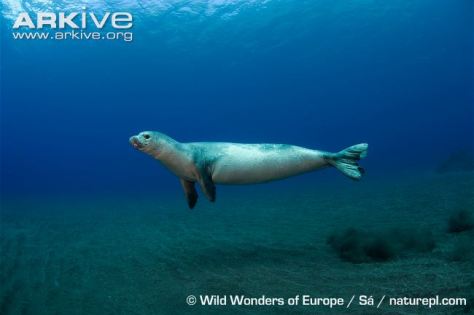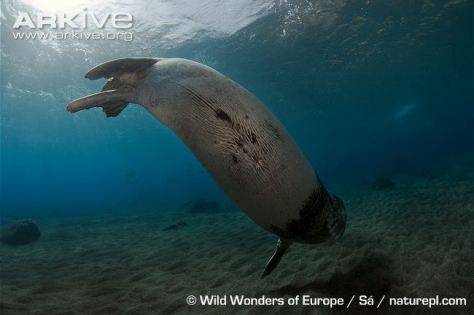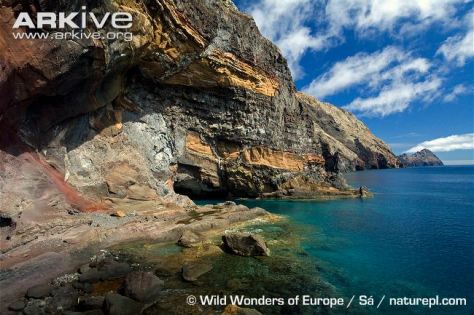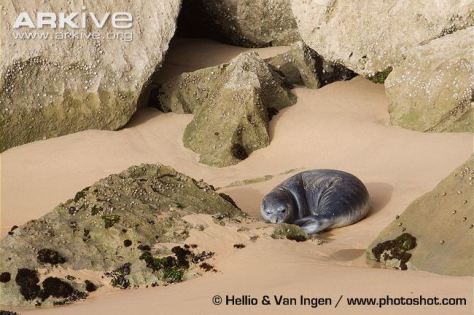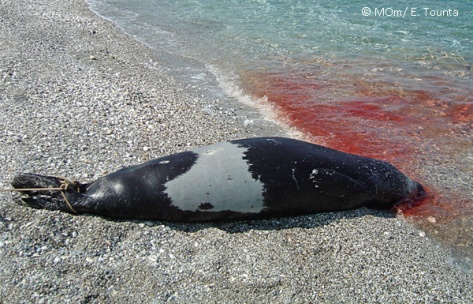Last week, we saw with detail how is the life of a sea turtle. Did you miss it? So, click here to read it! This week, I am still talking about his amazing animals, but I am focusing on the dangers that are threatening them, both natural or anthropic, and which actions we can do to save them.
NATURAL THREATS
Sea turtles are threaten by natural and anthropic dangers. Natural threats include egg loss due to the inundation or erosion of the beach, predation at all life stages, extreme temperatures and disease.
Egg loss
High tides and storms can produce the egg loss for several reasons: the drowning of the eggs, the beach erosion or accretion or nests are washed away. Moreover, there are some animals that feed on sea turtle eggs.

Predation on turtles
Despite little turtles usually leave the nest at night, the risk of being eaten by a predator is not zero, since they are part of the diet of raccoons, birds, crabs, sharks and other fishes. Young and adult turtles are also feed by some animals, like sharks and other big fishes, but the impact is not as big as in the first stages. Read the post of the last week if you want to know how many turtles die of old age for each 10.000 eggs. The number will shock you!

Hypothermia
Below 8º to 10ºC, turtles become lethargic and buoyant until they float at the surface (this condition is known as cold-stunning). At temperatures below 5º to 6ºC death rate can be important.
Diseases
Parasitic infections are common in sea turtles. Up to 30% of the loggerhead sea turtles in the Atlantic ocean have trematodes that infect their cardiovascular system. These infections, at the same time, reduce their immunological defences and then may be infected by bacteria (like Salmonella or E. coli). Dinoflagellate blooms are also a threat for them because of the poisonous content produce health problems.
ANTHROPIC THREATS
Four are the main anthropic threats for marine turtles: egg and turtle poaching, destruction of nesting beaches, pollution and fisheries by-catch. Here, we will see some more.
Poaching
Fortunately, poaching is not present all over the world, but it can be specially important in some countries. Turtles are hunted for their meat and cartilage or for their shells (used in jewellery and like a decoration). Egg collection is also present.


Destruction of nesting beaches
The building of infrastructures to protect ocean front property produce that females cannot access to nesting beaches and, moreover, produce their erosion. Beach nourishment to fight against beach erosion also affect them because the new beach buries the nests, offshore dredging kills them, beaches may become too compacted for nesting and steep and sand can have different properties (what may reduce, for example, gas diffusion). Tourism also affect them.
Pollution and garbage
It is not completely known if the pollutants, such as fertilizers and pesticides, have a direct impact on sea turtles, but among indirect effects there are the habitat degradation, considering that excess nutrients increase harmful algal blooms.
Garbage is also a problem. Turtles with plastic in the stomach have been found because they confuse plastic bags with jellyfishes, what block intestines and produce their death. Not only are plastics ingested, but also do they become entangled in debris like nets, fishing line or other plastic items. This produces a growth deformation.

Fishing by-catch
Sea turtles are also threaten by fishing by-catch.
Drift fishing, although is forbidden in Spain, are still used and every year, each boat produce the death of a hundred animals.
The longline fishing has an important impact. In Spanish waters, every year, are captured between 15,000 and 20,000 individuals. Despite they return alive to the ocean, they have a hook in the mouth and produce post release death for the wounds. Here you can read a review of the methods to reduce by-catch on loggerhead sea turtle in longline fishing.

Mortality in trawling depends on trawl times: mortality increased from 0% with times less than 50 minutes to 70% after 90 minutes. This is explained by the breathing capacity of the animals.
Global change
Ocean acidification due to the continued release of carbon dioxide may have an important impact on sea turtle populations because the quality of the food will probably reduce. The sea level rise will have a negative impact on sea turtles because endanger the existence of beaches. Moreover, the increase in the temperatures will affect the growth and the sex ratio, since sex depends on the temperature in reptiles: below 29ºC prevail males and above, females.
HOW CAN WE HELP THEM?
- Avoid any activity or behaviour that can annoy sea turtles. In the case of feeling annoyed, you will observe that they try to leave the area, they do a fast diving and they do abrupt swimming movements.
- Reduce the speed of the ship if you see any element that could be a sea turtle. In the case of being a turtle, avoid any manoeuvre that can endanger them.
- Pick up fishing gear or garbage present in the water.
- In the case of the animal being in danger, first, call the emergency phone of your country. In the case of Spain, call 112. However, there are some actions that you can do while vets arrive:
- Turtle with a broken shell or open injuries: cover the injuries with a wet rag with iodine (never in the eyes, ears and nose).
- Drowned turtle: maintain the animal for 5 minutes with the ventral part face up and with the body inclined (head downwards), moving its fins.
- Turtle with plastics in the mouth: remove the plastic taking care and call the emergency number.
- Dead turtle: don’t touch the animal and call emergencies.
- Hooked turtle: don’t stretch the hook and cut the line with 30 cm.
- Inform the proper authority of the location of possible nests. Some clues:
- Tracks of turtles in the sand of the beach, with a shape of a V, with the nest in the vertex.
- Depression in the sand, what indicates about the eclosion of eggs.
- Observation of a turtle doing the lay.
- Remainder of eggs or hatching animals.
REFERENCES
- Consejería de Medio Ambiente de la Junta de Andalucía (2014). Varamientos de Especies Marinas Amenazadas. Guías prácticas voluntariado ambiental.
- Gray, J (1997). Marine biodiversity: patterns, threats and conservation needs. Biodiversity and Conservation 6, 153-175
- Hamann, M et al. ‘Climate Change And Marine Turtles’. The Biology Of Sea Turtles. Volume III. Jeanette Wyneken, Kenneth J. Lohmann and John A. Musick. 1st ed. New York: CRC Press, 2013. 353-378. Print.
- Harrould-Kolieb, E. & Savitz, J. (2009). Acidificación: ¿Cómo afecta el CO2 a los océanos? Oceana
- Ministerio de Agricultura, Alimentación y Medio Ambiente. Guía de buenas prácticas en las Zonas Especiales de Conservación de ámbito marino de Canarias. España. http://www.magrama.gob.es/es/costas/temas/proteccion-medio-marino/201311_guia_bbpp_web_tcm7-229984.pdf
- Oceana (2006). Las tortugas marinas en el Mediterráneo. Amenazas y soluciones para la supervivencia. 38 pp.
- Otero, M., Garrabou, J., Vargas, M. 2013. Mediterranean Marine Protected Areas and climate change: A guide to regional monitoring and adaptation opportunities. Malaga, Spain: IUCN. 52 pages.
- Shigenaka, G (2010). Oil and Sea Turtles. Biology, planning and response. NOAA
- Smith, T & Smith R (2007). Ecología. Pearson Educación (6 ed.)
- Velegrakis, A., Hasiotis, T., Monioudi, I., Manoutsoglou, E., Psarros, F., Andreadis, O. and Tziourrou, P., (2013). Evaluation of climate change impacts on the sea-turtle nesting beaches of the National Marine Park of Zakynthos Protected Area. Med-PAN North Project, Final report, 81 pp.
















